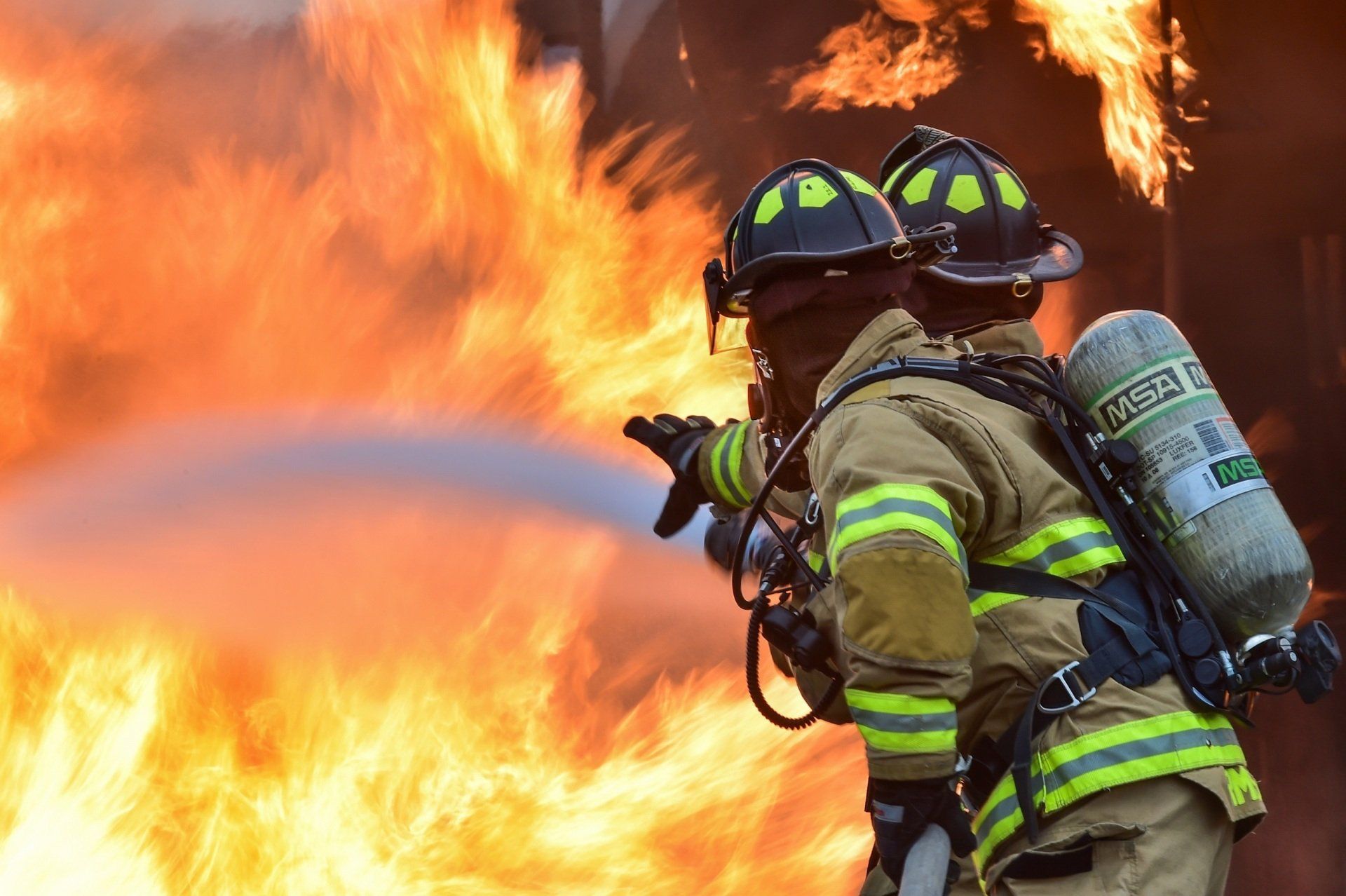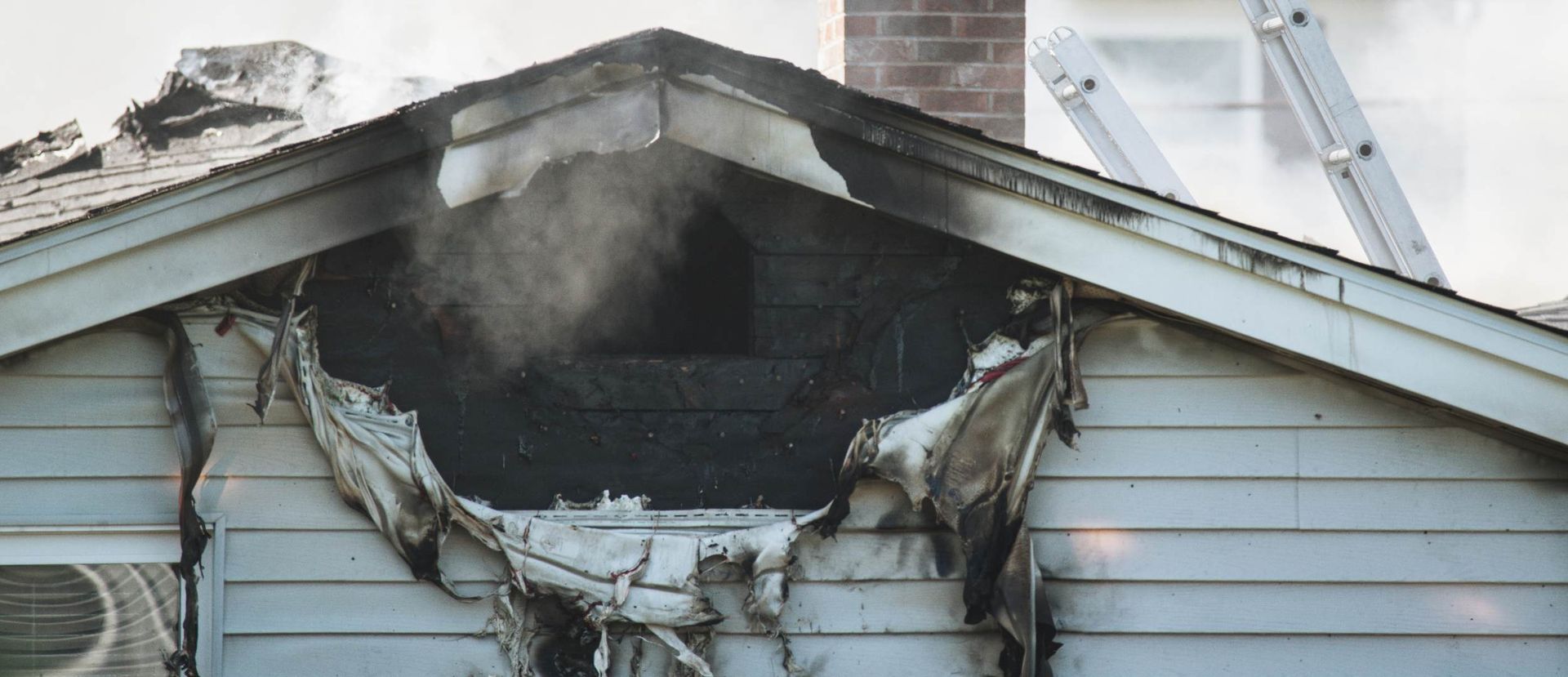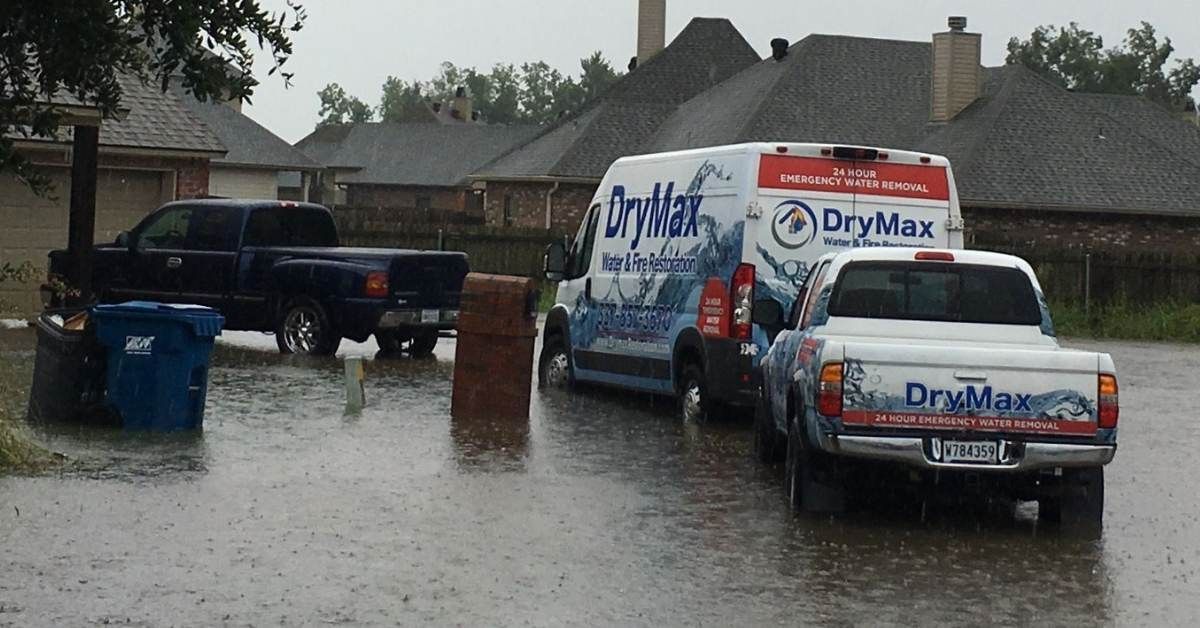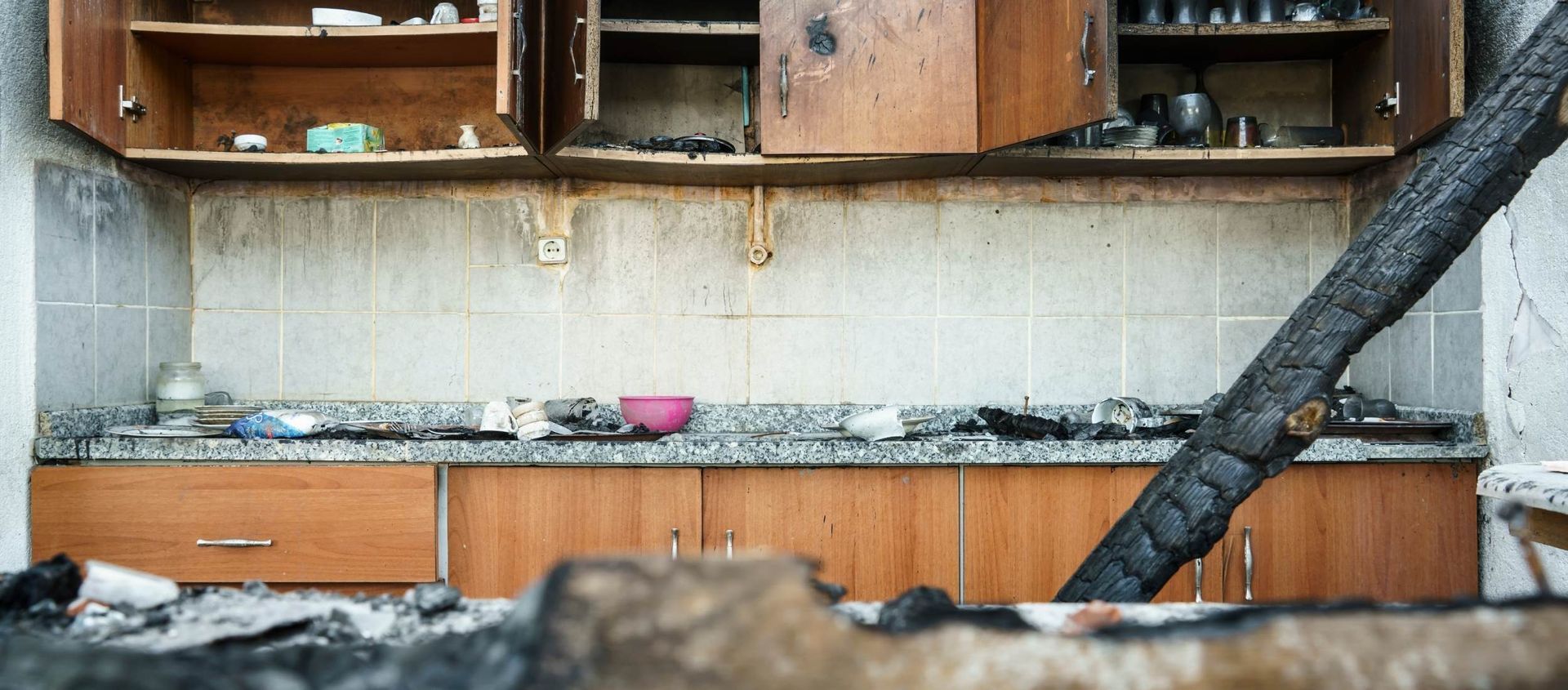Avoid These Common Mistakes After a House Fire

Experiencing a house fire is an extremely scary and stressful time for any homeowner. It's easy to make mistakes and do the wrong thing. The shock that comes after a house fire may cause you to react without stopping to think. However, it's important to breathe and remain as calm as possible. Avoiding common mistakes can help with the recovery and fire damage repair of your home. We offer the best services for fire damage Baton Rouge, LA has.
After a house fire, avoid doing the following:
· Moving Your Car - This rule applies if your car was damaged by the fire or near it. Starting your car is unsafe if it was exposed to smoke and fire.
· Entering the Home - Never enter your home under any circumstances after a house fire. Do not enter your home until the fire department tells you it is safe.
· Using Utilities - It's advised to have your utilities turned off after a house fire, including gas, electricity, and water.
· Using Electrical Appliances - Once you've been given clearance to enter your home, you should still avoid using any electrical appliances, as they may have been exposed to smoke, fire, or water. Before turning on lights, check the ceiling for moisture. In their efforts to fight the fire, firefighters may have gotten several areas of the home wet.
Cleaning Fire Damage Yourself - After a fire, you may want to immediately spring into action and start repairing your property. Please do not do this. Specialized methods and products are used to handle fire damage safely. For fire damage in Baton Rouge, LA, give us a call.




